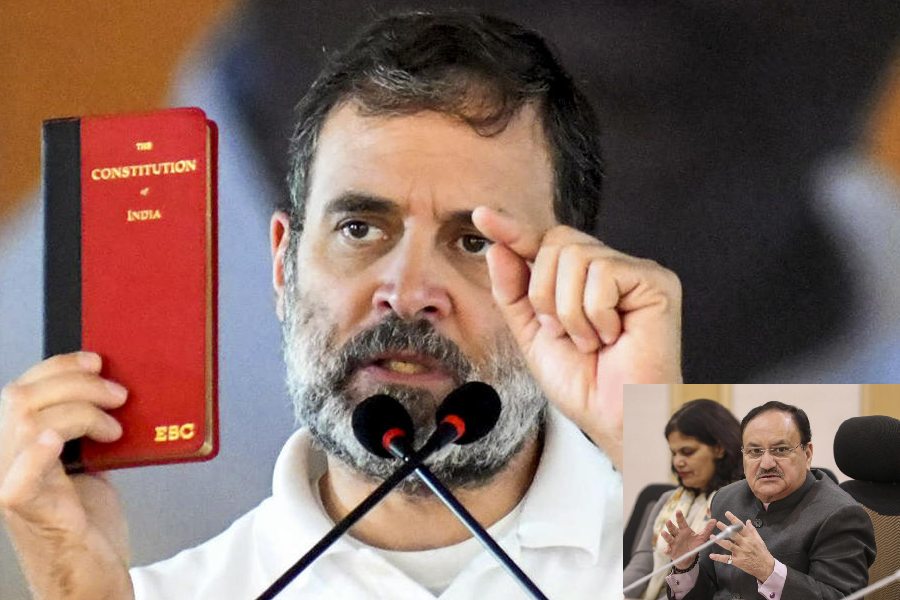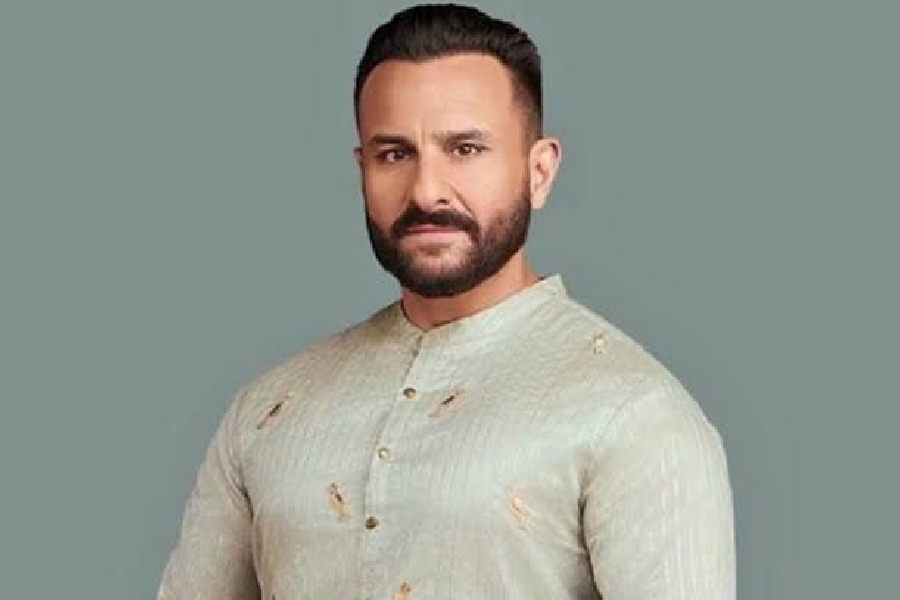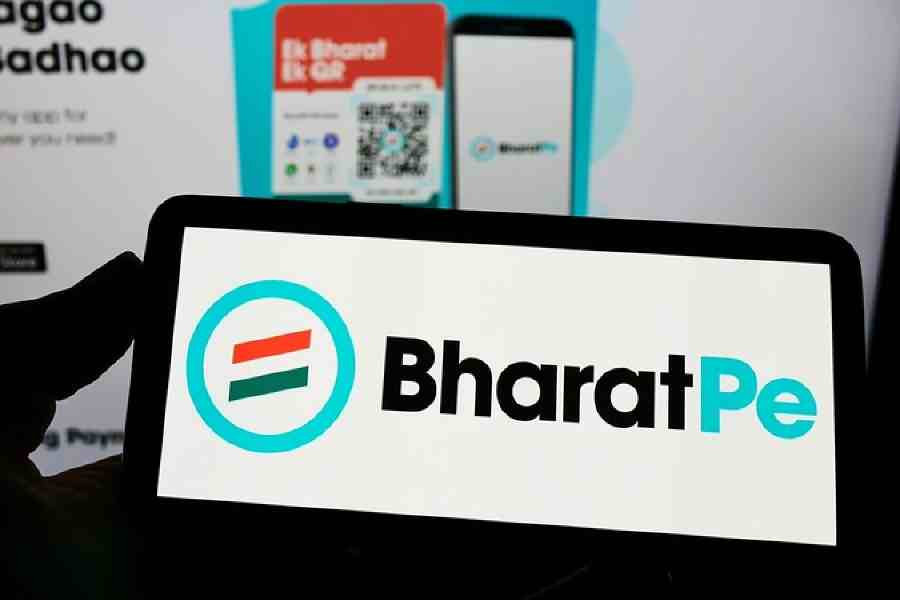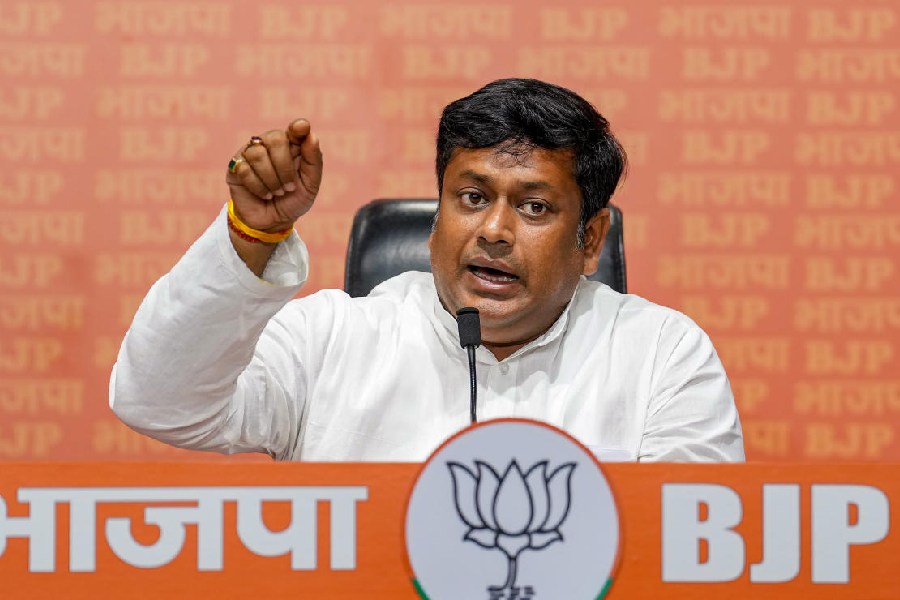Around 65 per cent of the patients turning up at the medical colleges in Calcutta could have been treated at medical colleges and other hospitals in the districts, senior doctors said.
Most referrals to medical colleges in the city are probably prompted by an eagerness of doctors in districts to play safe or lack of infrastructure at hospitals in the districts.
Health department officials said many district hospitals were handicapped by lack of infrastructure despite the government having spent around Rs 8,000 crore on health every year since 2016-17.
Kakoli Sarkar, in her mid-30s and resident of Birati, on the northern fringe of Calcutta, complained of a crippling pain in the lower portion of her body days after she had delivered a child a fortnight back.
She gradually became immobile. Her husband Asutosh Mondal took her to Barasat State General Hospital, around 9km from their home. Doctors apparently told him his wife had no gynaecological problems and referred her to a medical college in Calcutta.
The couple, accompanied by Kakoli’s father Anil Sarkar, spent Friday night at the medical college so they could consult a doctor at the OPD the next morning.
The doctor said the woman had a problem around her neck and advised her to undergo an MRI scan.
The family left the hospital on Saturday afternoon. “We will return on Monday for the scan,” Asutosh said.
“There is something horribly wrong with the health-care system if a state general hospital is not equipped to handle such cases,” said a professor of medicine at one of the medical colleges. “We have to address these issues first. Just ensuring free treatment for all cannot be the answer.”
Almost a fortnight since the junior doctors withdrew their ceasework on June 17, senior doctors, including professors and associate professors, across medical colleges said they were yet to see any effort to address one of the biggest problems plaguing all medical colleges in Calcutta — referrals.
The junior doctors had been on a weeklong strike since two interns were assaulted at the NRS Medical College and Hospital on June 10 after the death of a patient there.
What the government is seen doing since chief minister Mamata Banerjee’s meeting with junior doctors at Nabanna on June 17 — where she persuaded the protesters to end their strike — is beefing up security on the hospital premises.
The health department has drawn up a Standard Operating Procedure calling for curbing entry in hospitals and expanding CCTV coverage.
Senior doctors said they had hoped for some “intrinsic changes” in the health-care delivery system, which will reduce the load on medical colleges in the city.
“There are times when patients from areas close to a medical college turn up with abdominal pain or fever. We have to attend to them. There is no choice,” said a junior doctor at the emergency ward of the Calcutta Medical College and Hospital.
This year the state government has allocated Rs 8,770 crore in the budget for the health and family welfare department.
A whopping Rs 133 crore has been earmarked for upgrading infrastructure, including operating theatres and labour rooms. Funds have also been allocated for upgrade of rural hospitals.
“Infant mortality rate has come down to 25 per 1,000 live births. The rate of institutional delivery has increased to 95 per cent,” a senior official in the health department said. “To say that nothing has changed will be wrong.”
Sambhu Lal is not aware of the figures. He knows doctors at a government hospital at Jagaddal in North 24-Parganas had no answer when Paras Hari, his 35-year-old brother, turned up with chest pain.
“He was referred to JNM Hospital in Kalyani. Instead of going further north, we decided to visit the Calcutta Medical College and Hospital,” Sambhu said. Doctors at the hospital advised an ECG and some other tests.
“There is no point setting up sick neo-natal care units unless we can ensure that mothers who have just delivered don’t have to share beds at medical colleges,” said a senior doctor of the Calcutta Medical College and Hospital.










